Gold is a very durable metal that will not tarnish or corrode with time. Gold is commonly alloyed with a number of different metals to increase its strength and produce a variety of colors including white, yellow and rose (or pink) color gold.
Yellow gold alloys include copper, silver and zinc. White gold is created by combining pure gold with copper, nickel and zinc. Pink gold is created by combining larger amounts of copper with pure gold.

White gold is an alloy of gold and nickel. Because 14k white gold is 58.3% gold, and 18k white gold is 75% gold, white gold will naturally have an off-white color. To give white gold its brilliant white luster, in the final process of manufacturing, white gold is rhodium plated. Rhodium is a shiny, white metal, which is extremely hard and durable. All white gold jewelry purchased from Virabyani is rhodium plated.
“White” Precious Metals Comparison Chart
Because of the many choices that are available, customers often ask us which metal is the “best”? The answer is that it depends as each precious metal alloy has its own unique properties. We provide the following table to summarize the more important properties of each.

Summary:
- Platinum: the pros are that it is naturally white, hypoallergenic, more pure (95%), and it is noticeably heavier than other precious metals. The cons of platinum is the price which is currently very expensive (more than three times the price of 14k gold). Platinum is the softest of the precious metals, and therefore it scratches the easiest.
- 18k White Gold: the pros are that is more pure than 14k white gold (75% vs 58%), and it is more scratch resistant than palladium or platinum. The cons are: it is softer than 14k white gold, it contains nickel to which 10% of women are allergic, and it naturally has a slight yellow tinge, and so it requires rhodium plating to be pure white in color.
- 14k White Gold: the pros are that it is harder than 18k gold, palladium and platinum, and therefore the most scratch resistant. The cons are: it contains nickel to which 10% of women are allergic, and it naturally has a slight yellow tinge, and so it requires rhodium plating to be pure white in color.

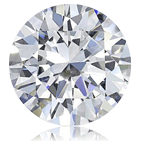 Round
Round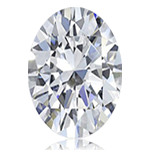 Oval
Oval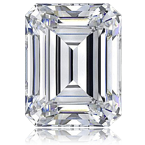 Emerald
Emerald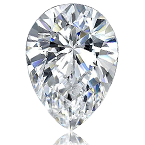 Pear
Pear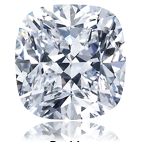 Cushion
Cushion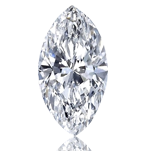 Marquise
Marquise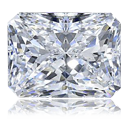 Radiant
Radiant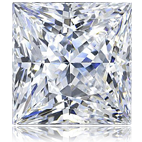 Princess
Princess Solitaire
Solitaire Side-Stone
Side-Stone Three-Stone
Three-Stone Halo
Halo Vintage
Vintage Hidden Halo
Hidden Halo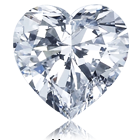 Heart
Heart White Gold
White Gold Yellow Gold
Yellow Gold Rose Gold
Rose Gold Platinum
Platinum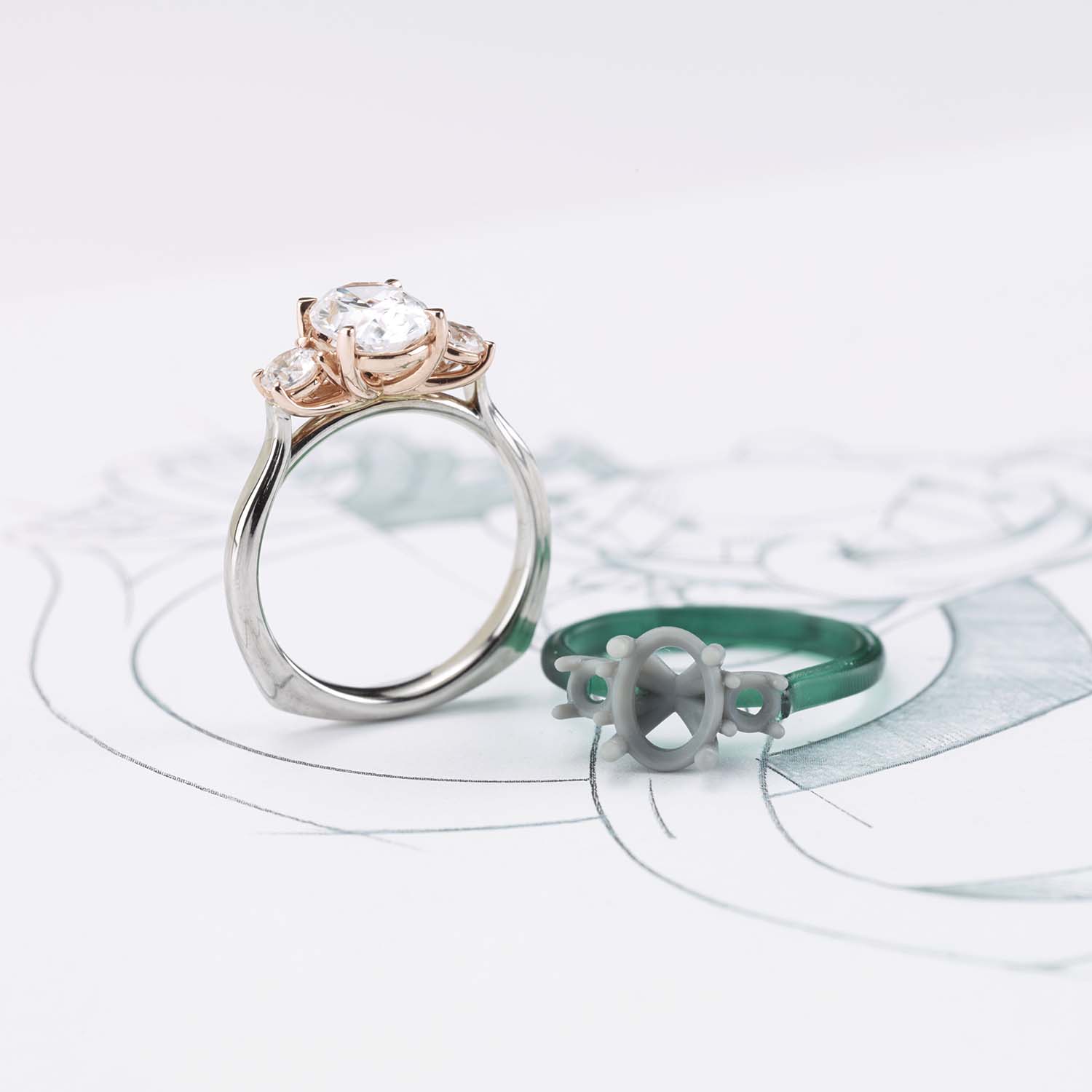
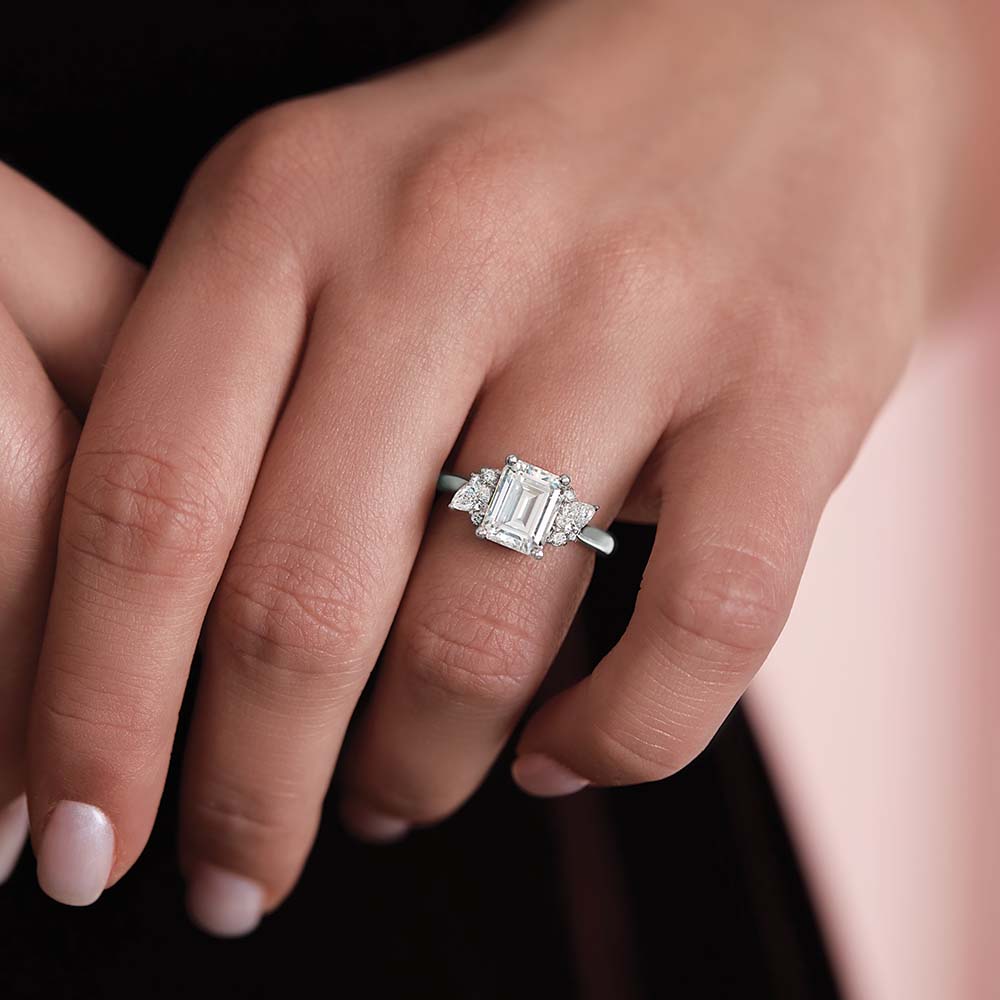
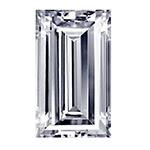 Baguette
Baguette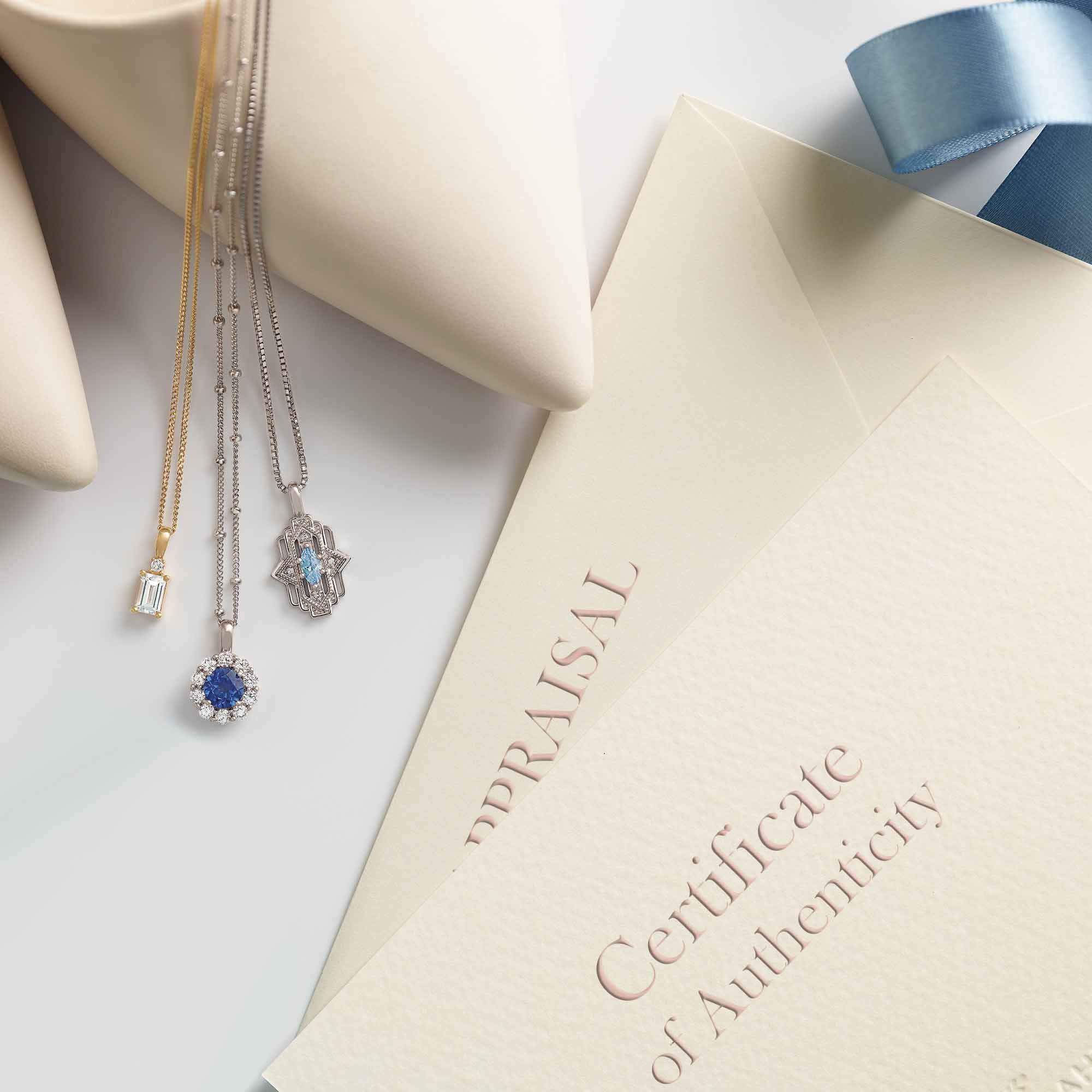
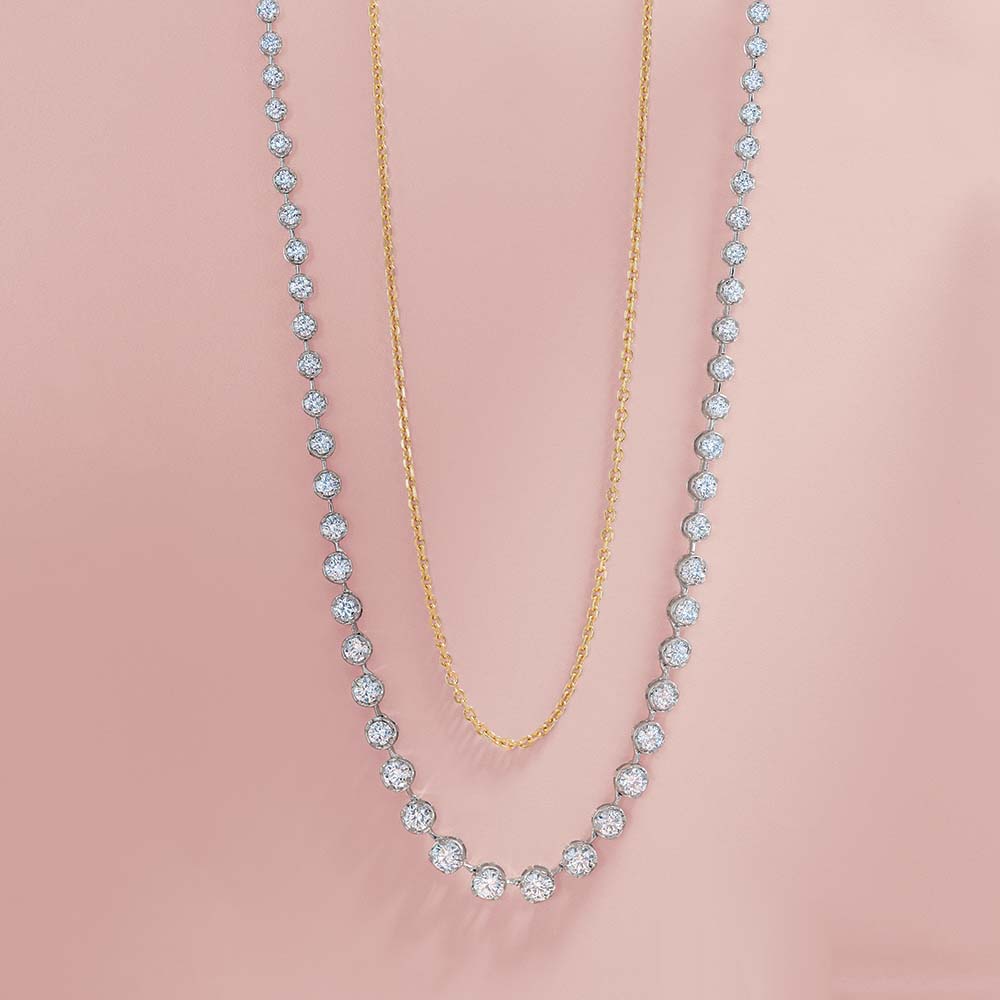
 Chat Now
Chat Now Contact Us
Contact Us Track your order
Track your order Account
Account